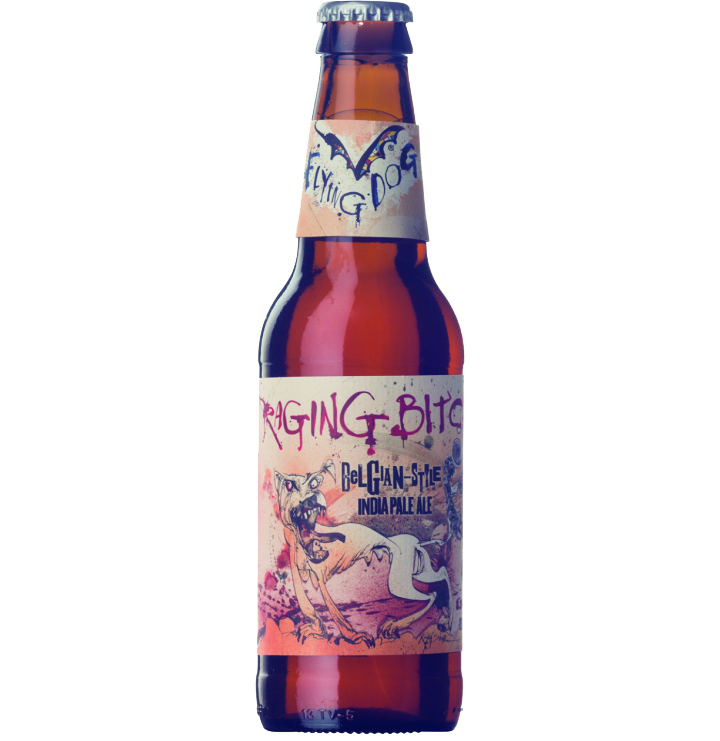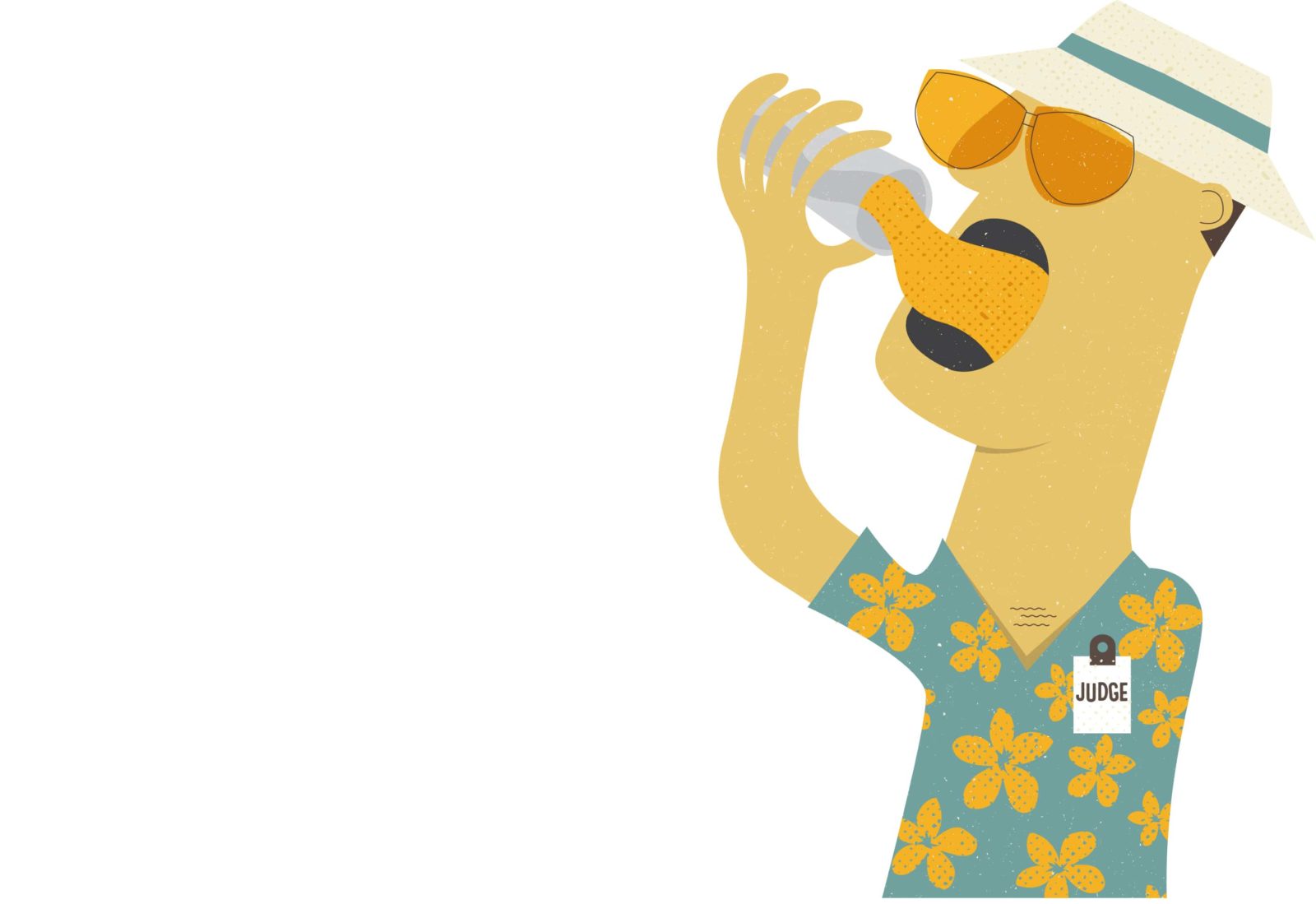“Don’t break the seal!” someone shouts.
By now, we’re all familiar with the concept: urine begets more urine, and once you’ve unleashed the fury, you’ll be returning to the bathroom every 10 minutes. The theories as to why it happens are endless – your brain doesn’t recognize your bladder’s existence; alcohol makes your urethral sphincter contract; peeing sucks more water into the bladder. It’s a Happy Hour Urban Legend that’s as old as time.
It’s also complete crap.
“There’s nothing in the structure of the kidneys nor the urinary tract that’s responsible for the notion,” explains Dr. Gustav Lund, a nephrology resident at Sweden’s Ljungby Hospital. “It’s the work of hormones, but above all, [hormone transporters] that affect the process.”
While there’s no question that alcohol increases a person’s need to urinate, it has nothing to do with when you make that inaugural trip to the bathroom. Instead, it’s a matter of how alcohol affects the human body – in particular, the endocrine system.
“Alcohol, like coffee, is a diuretic,” adds Dr. Agnieszka Lund a doctor at Växjo Central Hospital (the Lunds are a two-doctor family), “meaning that it sets in motion a process that automatically increases urine production and excretion in order to flush the system.”
The average human bladder can hold between 300-400 ccs of liquid, and that doesn’t change once alcohol is involved. However, alcohol consumption inhibits the production of a hormone called vasopressin (also known as anti-diuretic hormone, or ADH), which is responsible for regulating how much water the body retains.
The mechanism is simple: if ADH is released, the body retains water, like during sleep, or periods of thirst. If ADH levels are low, the body tries to get rid of as much water as it can, excreting it through the urine.
Alcohol inhibits production of ADH, which increases our need to urinate. It also increases our level of thirst (because we’re losing water), leading to more drinking, which in turn leads to further decreased levels of ADH, and an even further increased need to urinate.
Add to this an abnormal amount of liquid in the body, and the fact that alcohol is an irritant to the bladder, and it’s easy to see how a night of drinking can quickly become an all-out assault on said bladder. And while conventional drinking “wisdom” states that one should hold off as long as possible before leaving the table for the first time, Dr. Agnieszka Lund cautions that this isn’t necessarily the best long-term strategy.
“I’ve definitely met people with a so-called ‘party bladder’ in the ER,” she recalls. “Older patients who often as a result of their occupation – nurses, surgeons, even a bus driver – got used to holding their urine for long periods of time and with age ended up with an over-expanded bladder. They come to the ER with urine retention and need to get catheterized because their bladder has taught itself and the nervous system to ignore the signals for emptying it at proper intervals.”
In a few horrifying instances, patients holding their urine too long have even suffered from burst bladders (although such cases are extremely rare, and usually the result of a fall after holding it for an extended period). Carbonation, like that found in beer or soda, only exacerbates the process, putting added pressure on an already irritated bladder.
Essentially, by the time you start in on your second or third beer (you lush), a vicious cycle has begun, and multiple trips to the bathroom are inevitable, no matter what your drunk friends say.
Yet, still the myth persists, even amongst those who seemingly know better.
“For what it’s worth, we totally abide by not breaking the seal,” Dr. Lund laughs. “So do the rest of the docs we party with. There’s a Swedish saying that loosely translates to ‘Swedes do not drink often but when they do, they drink a lot’. So when it comes to holding it, we’re talking about some seasoned pros.”




